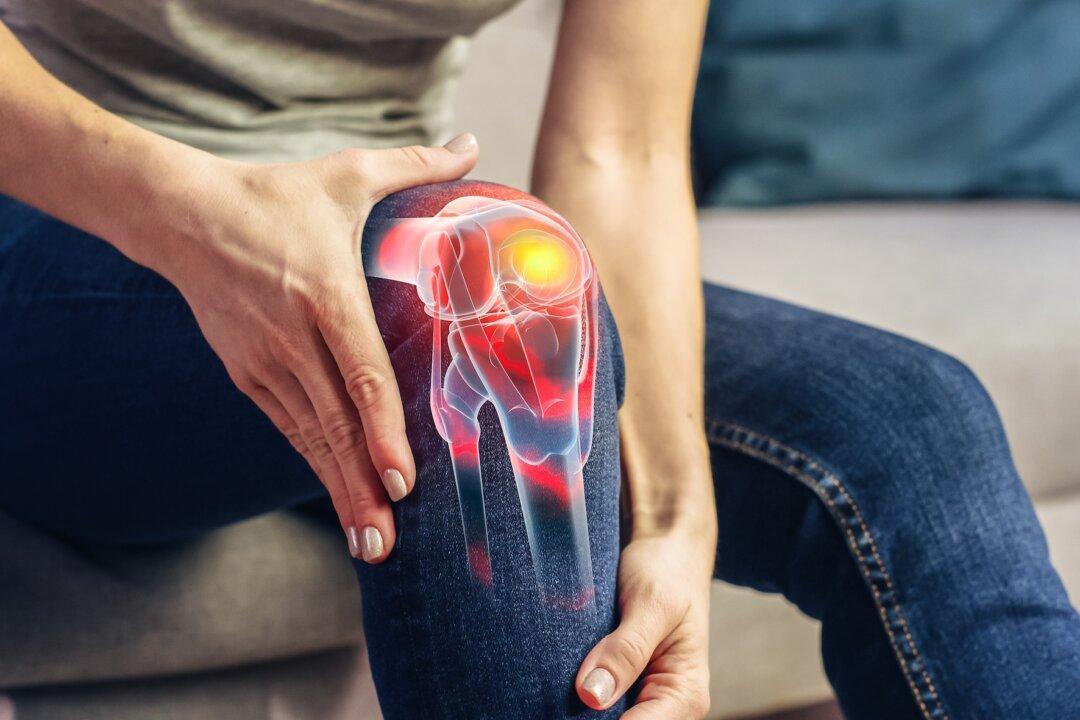A review of the world’s literature shows that high-intensity exercise, particularly interval training, causes greater reduction in HbA1c in diabetics than less intense exercise. HbA1c measures cell damage from high blood sugar levels. Many studies show that increasing exercise intensity controls blood sugar in diabetics more effectively than just increasing the duration of exercise.
How Does Exercise Lower Blood Sugar?
Exercise helps to treat the cause of most cases of diabetes -- failure of the cells to respond to insulin -- and it lowers blood sugar, insulin levels and body fat. Everybody’s blood sugar rises after eating. When blood sugar levels rise too high, sugar can stick to the outer membranes of cells and destroy them, which leads to all of the consequences of diabetes: blindness, deafness, impotence, loss of feeling, nerve pain, heart attacks, strokes, cancers, dementia and so forth.
Muscles use fat, sugar and, to a lesser degree protein, for energy. At rest, muscles get almost all of their energy from fat, so resting muscles draw almost no sugar from the bloodstream and need insulin to draw the meager amount they do use. On the other hand, contracting muscles draw large amounts of sugar from the bloodstream and don’t even need insulin to do so. Just starting an exercise program at lunch time significantly lowered blood sugar in diabetics.

Intense Exercise Lowers Blood Sugar Even More
During low-intensity exercise, muscles burn mostly fat, and as the intensity of the exercise increases, muscles use a greater percentage of sugar. When you run at 100 percent effort, your muscles get almost all of their energy from sugar. The more intensely you exercise, the more sugar your muscles draw from your bloodstream. The effect of not needing insulin to draw sugar from the bloodstream lasts less than 17 hours after you finish exercising, so you should try to exercise every day. The more intensely you exercise, the greater the blood-sugar-lowering effect.
Interval Training Saves Time
One of the most common excuses people make is that they do not have enough time to exercise. Interval training provides more intense exercise in much less time. A series of studies on a training program called HIIT (high intensity interval training) showed that it corrected the metabolic abnormalities that cause and precede diabetes more than less intense interval training. HIIT makes you burn more fat after you finish exercising. When excess fat is stored in your liver, the liver cannot clear fat from your bloodstream, which leads to diabetes. HIIT also lowered cholesterol, triglycerides and adiponectin more than less intense intervals in obese adolescent girls, resulting in improved insulin sensitivity and better blood sugar control.

How to Do Interval Training
Interval training is a technique used by athletes, but anyone can do it to get more benefit from an exercise program in far less time. Set up an exercise program in which you exercise more intensely on one day and far easier on the next.
- On one day, take an intense workout, but only if your legs feel fresh after a five-to-ten-minute warm up. After your warm-up, pick up the pace for a few steps or pedal strokes, slow down until you feel comfortable again, and then alternate pickups and recoveries until your legs start to stiffen. Try to work up to the point where each hard interval lasts about 30 seconds, or until you go into the muscle burn, and then immediately slow down.
- On the next day, your muscles may feel sore. Take your five-to-ten-minute warm up and if your muscles do not feel fresh, take the day off. If they feel fresh after your warm up, go slow anyway and always stop your workout when your legs start to feel heavy or you feel pain in one or more spots.
- Don’t plan to take days off, but if your muscles feel tired, heavy or hurt after your warm-up, go home.
- You should always stop your workout if you feel persistent pain in a localized area or your muscles start to feel stiff or hurt.
How to Tell if you are Diabetic or Pre-Diabetic
Any of the following can be signs of high blood sugar levels:
- a large abdomen (“beer belly”)
- small narrow buttocks
- fasting blood sugar over 95
- triglycerides over 150
- the good HDL cholesterol below 40
- fatty liver (shown on a sonogram)
- HBA1c over 5.7
- systolic blood pressure greater than 120 when you first wake up or just before you go to sleep at night.
If you have any or all of these signs, your doctor should be counselling you on prevention or treatment of diabetes.
Gabe Mirkin, M.D., has been a practicing physician for over 50 years. He is board-certified in sports medicine, allergy and immunology, pediatrics, and pediatric immunology. This article was originally published on DrMirkin.com. Subscribe to his free weekly Fitness & Health newsletter.






Friends Read Free